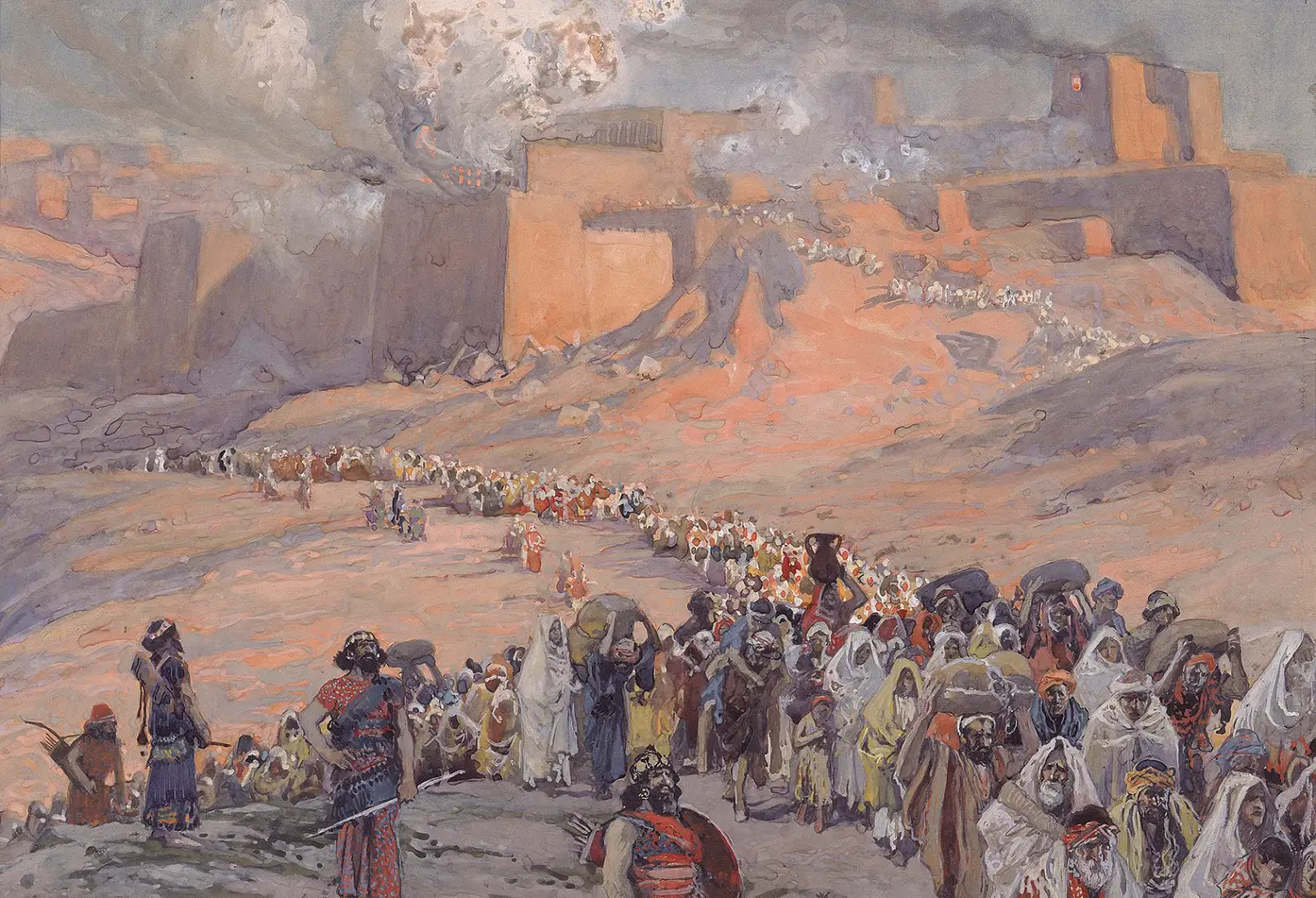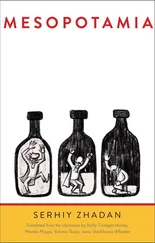Part I The Pre-Cinematographic Image: A Complex Plot
1 The Old Testament Paradigm and the Romanticism of the Classics
1.1 The Genesis of Confusion
1.1.1 From Babylon to Babel
The eclipse of ancient Mesopotamia began after the takeover of the city of Babylon by Cyrus the Great in c. 539 BC. From the Judeo-Christian perspective, the event was understood as the fulfilment of a divine will, as reported by Isaiah: “The Lord’s chosen ally 1will carry out his purpose against Babylon; his arm will be against the Babylonians.” 2After this episode, although the ancient land between the rivers Tigris and Euphrates maintained a certain geographical cohesion 3as a province of the Achaemenid empire, its final decline occurred with the foundation of the city of Seleucia by the emperor Seleucus I Nicator in c. 305 BC. The transfer of the Persian empire’s province capital from Babylon to the newly founded city submitted ancient Mesopotamia to an oblivion from which it would only be reborn in the middle of the nineteen century, when the first excavations took place.
Until then, its history and culture were known in the so-called Western world through two major vehicles – the Old Testament and the Greco-Roman authors. Since both had their own moral, religious, and cultural dictates, it was only natural that Mesopotamia should end up as being seen and judged according to them. In fact, we must keep in mind that the vision regarding a different and strange entity is often projected as a way to elevate one’s own essence and nature. Thus, according to the Old Testament account, ancient Mesopotamia and Babylon were places of sin, addiction, indolence, and depravity. Babylon itself was “the great the mother of prostitutes and of the abominations of the earth.” 4The Bible reports and transmits to its reader the contact and inevitable clash between the monotheistic population of Yahweh and the cosmopolitan 5and polytheistic civilization which worshiped and ritualized divine statues – the idolater Mesopotamians. Like Egypt, Mesopotamia was an obstacle to the ambitions of independence of Judah and Israel. Political alterity, in an intrinsically theocratic domain, thus gave rise to a dispute that was simultaneously political and civilizational, but fundamentally religious. In the celestial sphere the conflict was forged between the God of Israel and the idols of the so-called “pagan nations.”
Heirs to this Judeo-Christian concept, the European and American societies of the twentieth century, had in the Bible their great interpreter of the universe. For them, Babylon represented to the ancient Near East what Rome represented to the Classical world: just as imperial Rome sacrificed Christians without mercy, so too Babylon perpetuated the martyrdom of the Jews and their exile under severe deprivation. In fact, even before serving as an allegory to describe the abasement of some modern societies, such as Enlightenment France, Victorian England, or the United States at the dawn of the twentieth century, Babylon was primarily the consubstantiation of Rome in the Book of Revelation. It was not an external threat that led to Babylon’s downfall, but its moral corruption. So, according to the Apocalypse of John, 6Babylon and Rome needed to be destroyed in order for a new world, with a new capital – Jerusalem – to emerge. 7Regeneration was accomplished through destruction. As we will discuss, this idea is transversal to cinema.
The bohemian spirit of the Euphrates capital contributed to this derogatory view, a theme addressed both in the Old Testament and in the classical authors. The unruly behavior of ancient Babylon was the cause of its moral degradation, of its greed and corruption, as well as of its abnormal sexual appetites. The “great prostitute,” epithet through which the writer of the Apocalypse humanizes Babylon, soon became an iconic image that would resound throughout the centuries. Fritz Lang’s Metropolis (1927) is one of the examples of films that uses it, in the specific case to announce an upheaval in the dystopian city. In sum, in biblical Babylon, wealth, luxury, promiscuity, and violence went hand in hand, diluting all the moral limits that supported socio-religious dynamics.
In this context of defiance, the Babylonian captivity is a central and structuring event of the Old Testament, a symbol of the greatest wickedness ever committed – uprooting the people of Yahweh implied an unequivocal attempt against divine power. The moment when the people of Judah left their homeland for a forced exile imposed by Nebuchadnezzar II, in 597 BC and in 586 BC, he who also plundered Jerusalem’s temple and set the city on fire, represents an iconic image of suffering. 8The condemned population of the Bible was transformed, over time and by osmosis, into so many others. For instance, it would symbolize the fragmented Italian society of the Risorgimento, thus becoming an example of perseverance and union in times of grief, as we will see in Chapter 2.
Portrayed in literature and in the arts, the displacement of the Jewish population cemented the idea of revolt and struggle against injustice and oppression. James Tissot was one of the painters who portrayed the moment in his work The Flight of the Prisoners (see Figure 1.1). The painting depicts the people of Judah being driven out, the backdrop showing a city destroyed and desecrated by fire. 9In 1953, a film by William Castle 10offered to its viewers the diametrically opposite moment – that is, the one when freedom is finally granted to the Jews exiled in Babylon and their return to their homeland is enabled. The portrayal of this new departure explored in Slaves of Babylon (1953) is similar to the one that had been sketched decades before by Tissot. Now, the moment was not one of condemnation, but of liberation. By exiting Babylon and returning to Jerusalem, the cycle of Jewish misfortune ended and a happy ending was guaranteed to all martyrs. The survival and perseverance of the people of Yahweh in antiquity thus served in parallel to explain the obstinacy and tenacity of societies and cultures that reviewed themselves in the Jewish struggle. By identification, the Jews of antiquity offered, in Slaves of Babylon (1953), a film produced after the Second World War, a voice to the Jews of today, survivors of the Holocaust, granting them their redemption. In the film by Castle we recognize in the dresses of the captives who undertake their journey back to Jerusalem, the Star of David, 11the same symbol which had been imposed in recent years on the garments worn by the Jews in the places occupied by the Axis powers during the war.

Figure 1.1 James Tissot, The Flight of the Prisoners (c. 1896–1902).Public domain.
The slavery of the Jewish population is, however, an exacerbated aspect of the Old Testament account. The Second Book of Chronicles proclaims the destiny given to the exiles by Nebuchadnezzar: “they became servants to him and his successors.” 12Yet, we know that part of this population was integrated into the various spheres of society, just as happened to other populations deported by the Assyrian and Babylonian armies. In fact, the Bible itself claims that Jehoiachin, the king deposed by Nebuchadnezzar and taken as a captive to the capital of Mesopotamia, was forgiven and “for the rest of his life ate regularly at the king’s table.” 13In addition, cuneiform sources such as contracts and lists of rations and work teams attest that Jews owned lands and other goods. The practice of deportation was common within Mesopotamia, which saw in it the possibility of nullifying insurrections and introducing labor, specialized or not, into society. 14
Читать дальше













